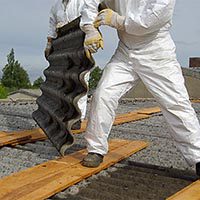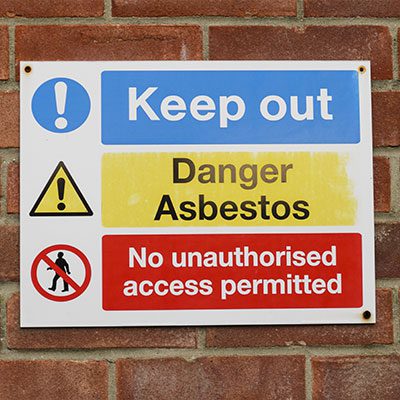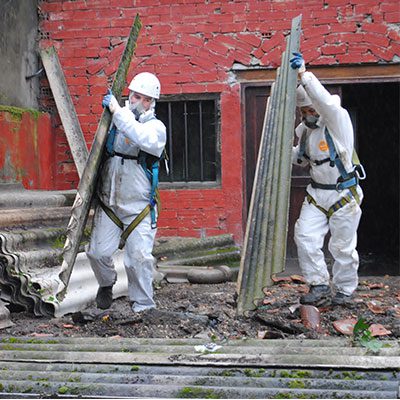Welcome to our Asbestos Information & Resources page, where you can find useful links to external websites such as the HSE, as well as informative documents which focus on asbestos.
The Control of Asbestos Regulations 2012 (CAR2012) came into force on 6th April 2012. These regulations set the minimum standards for the protection of employees and others from risks related to exposure to asbestos. Employers should also take account of people not directly employed by them but who could be affected by the work being done on asbestos (including employees of other employers, people occupying buildings, members of the public etc).
The Regulations place legal duties on employers responsible for licenseable and non-licenseable work with asbestos. They also place a specific duty for the management of asbestos with a premises with responsibilities placed directly on the owners and / or those responsible for maintenance in non-domestic premises.
The Control of Asbestos Regulations 2012 (CAR2012) covers all industrial and commercial buildings, such as factories, warehouses, offices and shops. The duty also covers public buildings such as hospitals, schools, museums, libraries, leisure centres, churches and other religious buildings. In addition, premises include road and rail vehicles, vessels, aircraft and offshore installations, as well as structures and installations (such as bridges), street furniture (such as street lighting) etc.






